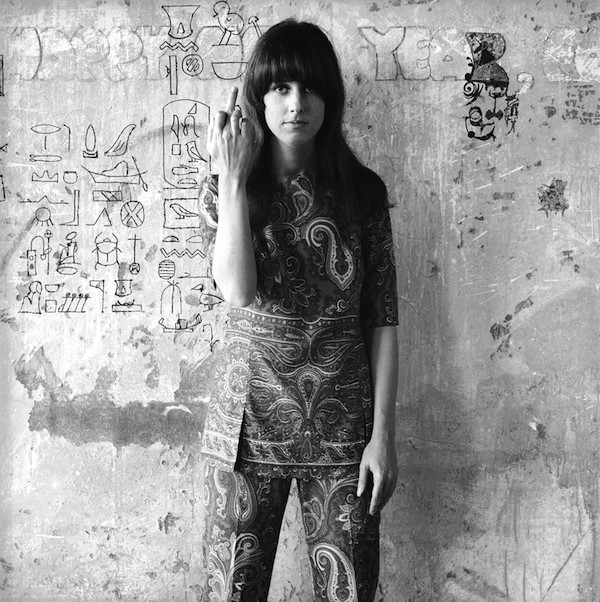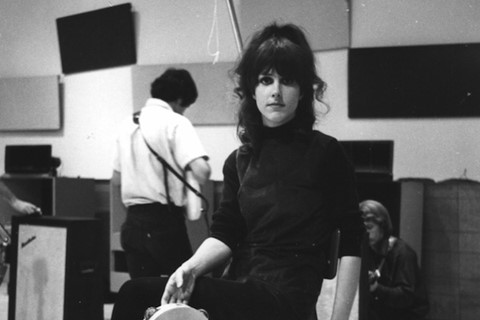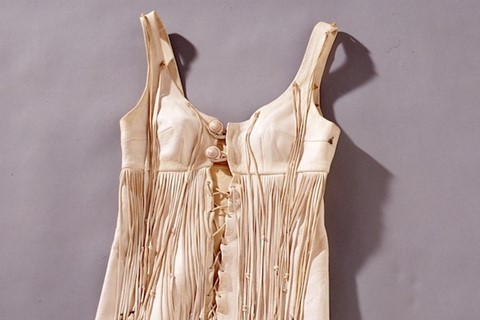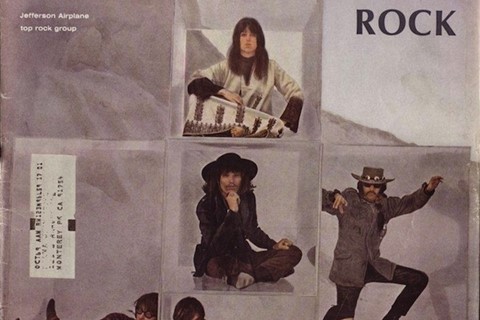How Grace Slick embodied the rock ‘n’ roll allure and psychedelic hedonism of the 1960s
With her heavy bangs, kohl eyeliner and billowing sleeves, Grace Slick embodied the rock ‘n’ roll allure and psychedelic hedonism of the 1960s. Lead singer of Jefferson Airplane, her revered hippie style lives on in the haunting dirge of the controversial “White Rabbit” and folk-rock anthemic beat of “Somebody to Love”.
Slick was beautiful with a devil-may-care edge. Unrepentant and rebellious, she once performed topless in order to avoid getting her blouse wet during an outdoor concert, and wore her girl-scout uniform as a fashion and anti-establishment statement. She created controversy in 1968 when she wore blackface and raised her fist in a Black Panther salute, and the following year she dressed as Hitler for a show at New York's Fillmore East. Slick was placed on the FBI blacklist after she conspired to spike President Nixon's tea with LSD.
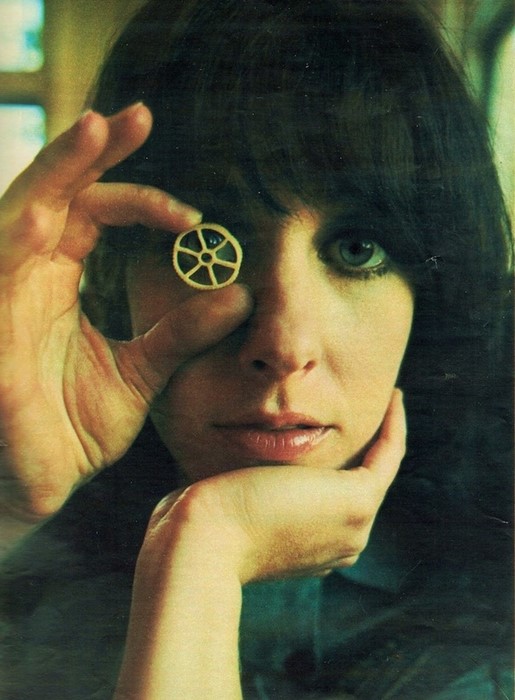
A pioneer of the hippy movement, she wore tasseled vests, printed knits and kimonos. From her fringed mini-dress at Woodstock to her neon headbands and paisley prints, her free spirit and striking presence helped to define the 1960s and 70s stylistically as well as musically.
Slick retired from Rock ‘n’ Roll in 1988 to pursue a career in painting. Her iconic thick fringe and long hair has since been replaced by a long white ponytail, and she remains sober. “Follow your curiosity,” she advises. “you don't want to be sitting around at my age going, 'Gee, I was too scared to go for it.'"
